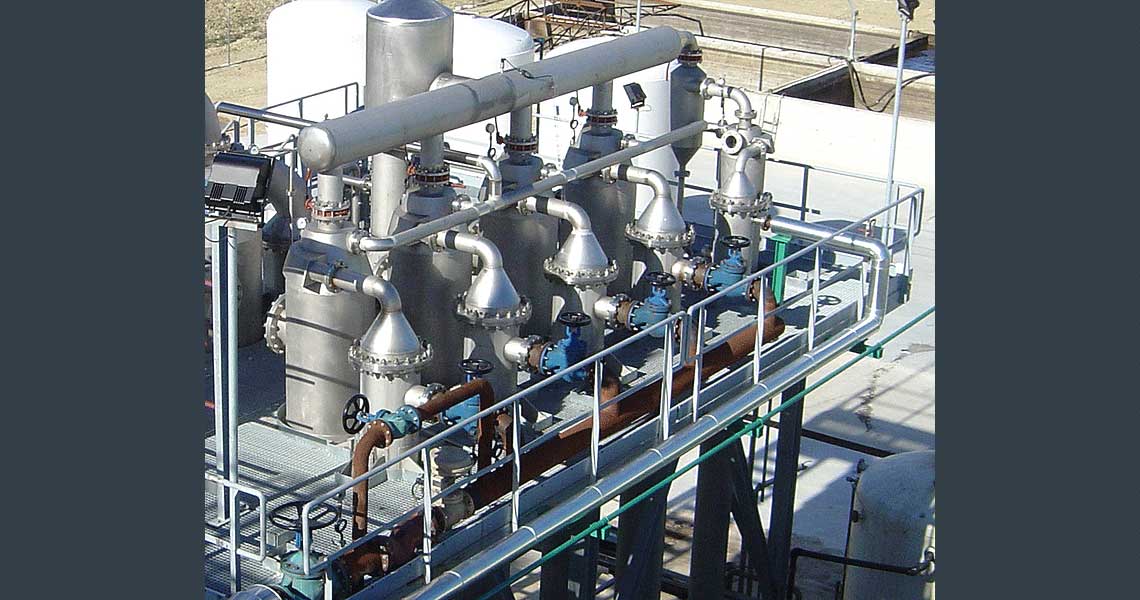The Role of Evaporation in Treating Challenging Effluents

Wastewater and effluent can take many different forms, from relatively clean water which can safely be discharged to the environment with little or no treatment, to extremely challenging effluent containing high levels of dissolved or suspended solids, chemicals and biological material. Some materials that can be particularly difficult to treat effectively and efficiently include landfill leachate, and industrial wastewater streams, many of which can no longer be discharged to the environment or even public sewage systems.
The exact types of treatment used will vary depending on many factors, including the nature of the wastewater or effluent stream/s, the material’s chemical and biological oxygen demand (COD & BOD), the standard required for the final material, and whether material capture and reuse are required, to name just a few. However, evaporation is becoming increasingly popular as a way of effectively separating the liquid and solid waste streams.
Examples of difficult effluents
Landfill leachate is formed from water which has entered the landfill from external sources (rainfall, surface water and groundwater) as well as the putrefaction of waste materials in the landfill. The composition of landfill leachate will vary with the age of the landfill and the type of waste involved, but typically contains both dissolved and suspended materials, such as organic matter (alcohols, acids and sugars, etc.), cations (sulphates, chloride, iron, etc.), heavy metals (like lead, nickel, cobalt and mercury) and other complex organic molecules like PCBs and dioxins. Where large volumes of building waste or gypsum have been disposed of, hydrogen sulphide may also be an issue.
Industrial wastewater streams can include heavy metals, halogen compounds and other potentially harmful nutrients or suspended solids. Most countries or regions around the world have strict rules on the treatment and discharge of such waste streams, including requirements for the ‘zero discharge’ of wastewater .
High levels of dissolved or suspended organic materials can also make effluents very difficult to treat. A few examples include liquid tannery waste, effluent from fish farms, and wastewater streams from abattoirs or even blood-processing laboratories.
Because of this variation in material and treatment situation there are also a wide range of treatment techniques which can be used to treat them. Physical separation options include settlement, submerged aeration filters (SAF), dissolved aeration filters (DAF), and induced air flotation. Other biological treatments (aerobic or anaerobic) and chemical treatments (such as de-salting, alkylation and neutralisation) are also often required. However, the use of evaporation technologies to separate difficult effluents into water and solid waste streams (or highly concentrated sludges) is becoming increasingly common.
HRS has installed a number of evaporation systems to treat difficult effluents. Some of these are true ZLD systems, while others reduce the volume of liquid as sludges to enable more efficient management or further treatment.